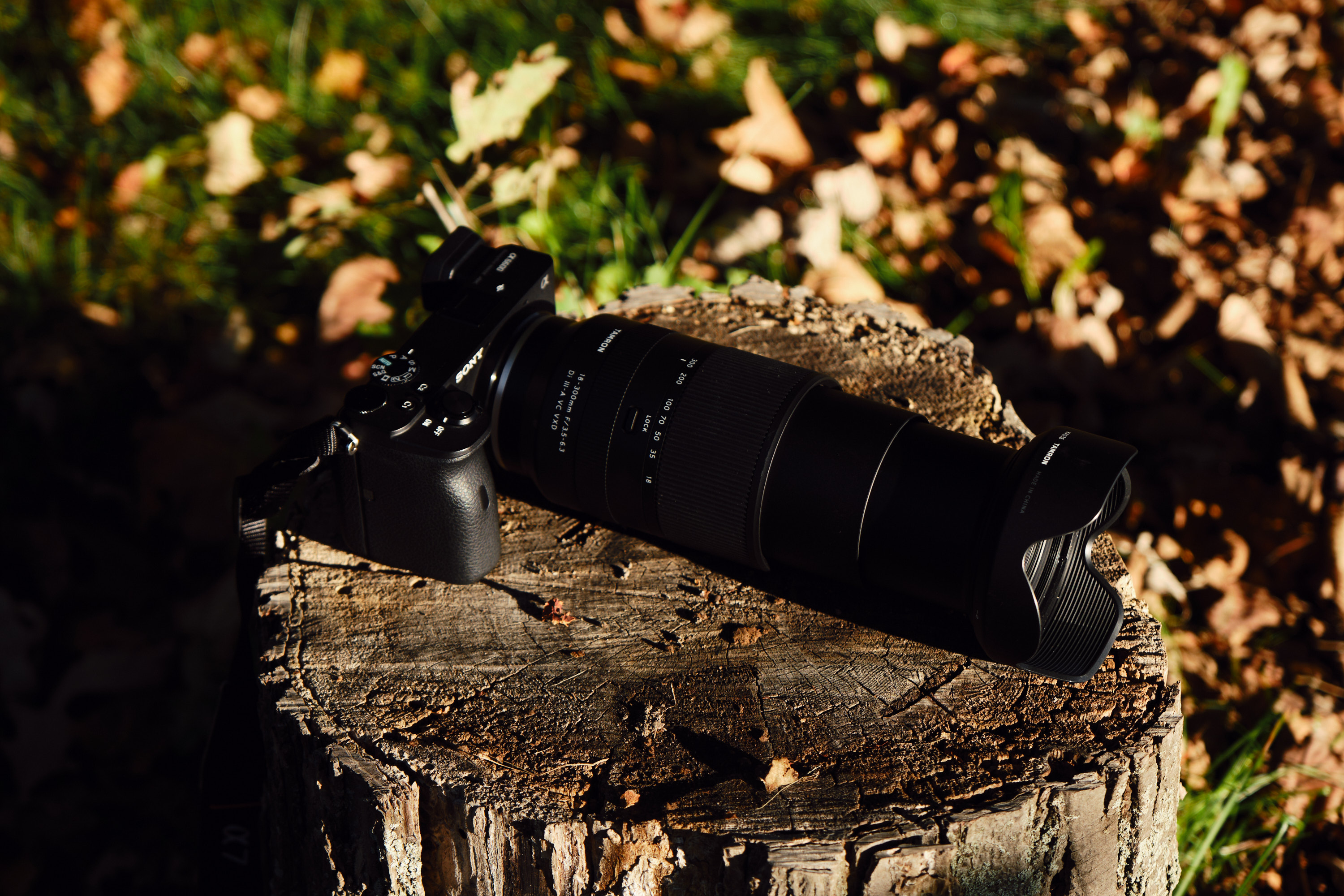Kit lenses are affordable ways to get started in photography, but limited in their versatility. The new Tamron 18-300mm f3.5-6.3 Di III, however, feels like a kit lens on steroids. To be clear, it’s not a kit lens for either Fujifilm or Sony, although it probably should be. It has some of the same downfalls, but reaches much farther, shoots much closer, and doesn’t cost or weigh too much. For $699, it’s going to tempt photographers who like their kit lens but want something that shoots farther. It may even entice some to go body only, with this in the shopping cart instead of the kit.
Editor in Chief Chris Gampat contributed to this review. Reviews Editor Hillary Grigonis reviewed the Sony variant while Gampat worked with the Fujifilm variant.
Tamron has long been a favorite third-party brand for Sony. But, the new Tamron 18-300mm f3.5-6.3 Di III-A2 VC VXD is the first lens the company has made that’s also for the Fujifilm X mount. Available for both Sony APS-C cameras and Fujifilm X, the new lens covers a wide to telephoto range in a single lens. And it can even shoot pretty close too. The question with any lens attempting to do so much, however, is whether a single optic can be a jack-of-all-trades or a master-of-none.
I tested the Tamron 18-300mm f3.5-6.3 Di III in Sony E-mount while Chris Gampat tested the lens for the Fujifilm X mount. The zoom range makes it a very handy lens and the price is going to tempt entry-level photographers. While it’s a great travel lens, there are a few things for which this jack-of-all-trades lens isn’t suited.
Table of Contents
Too Long, Didn’t Read

The Tamron 18-300mm f3.5-6.3 Di III’s impressive range and close-up capabilities make it a great multi-use lens. It feels like a kit lens on steroids. Image quality is slightly better than a kit lens because the close-up abilities and 300mm can help blur a background. I’d easily recommend it for photo walks, travel, and general use; but I wouldn’t recommend it if your primary goal is sports, architecture, or portraits.
Tamron 18-300mm f3.5-6.3 Di III VC VXD Pros and Cons
Pros
- Incredibly versatile
- Lightweight
- 1:2 close-up shooting
- $699
- Good sharpness
- Weather-sealed
Cons
- Autofocus isn’t meant for action
- Some corner bending
- Some minor chromatic aberration
Gear Used
I used the Tamron 18-300mm f3.5-6.3 Di III with the Sony a6600. Chris Gampat tested the Fujifilm X mount version on the X-T4 and X Pro 3.
Innovations
The Tamron 18-300mm f3.5-6.3 Di III is the first APS-C lens with a 16.6x zoom ratio. It covers the 18mm of most kit lenses, but, instead of stopping at 55mm, heads all the way up to 300mm. 300mm is a popular telephoto length for more affordable zooms. Putting all of that in a single lens is pretty exciting for photographers who want to carry as little as possible. On a full-frame camera, that’s the equivalent of a 27-450mm lens. Add in that it’s $699 and weighs under two pounds and there’s a lot to get excited about. The most exciting thing, however, is that Fujifilm shooters finally have some official third-party lens options. And, this is a zoom range that Fujifilm doesn’t really offer.
Tamron 18-300mm f3.5-6.3 Di III Tech Specs
Tamron lists the following specifications for the 18-300mm f3.5-6.3 Di III:
- Model: B061
- Focal Length: 18-300mm
- Maximum Aperture: F3.5-6.3
- Angle of View: (diagonal) 77°24′- 5°30’ (for APS-C frame mirrorless format)
- Optical Construction: 19 elements in 15 groups
- Minimum Object Distance: 0.15m (5.9 in) (WIDE) / 0.99m (39 in) (TELE)
- Maximum Magnification Ratio: 1:2 (WIDE) / 1:4 (TELE)
- Filter Size: φ67mm
- Maximum Diameter: φ75.5mm
- Length*: 125.6mm / 4.9 in (Sony); 125.8mm / 5 in (FUJIFILM)
- Weight: 620g / 21.9 oz (Sony / FUJIFILM)
- Aperture Blades: 7 (circular diaphragm)**
- Minumum Aperture F22-40
- Standard Accessory Flower-shaped hood, Lens caps
- Mount: Sony E-mount, FUJIFILM X-mount
Ergonomics
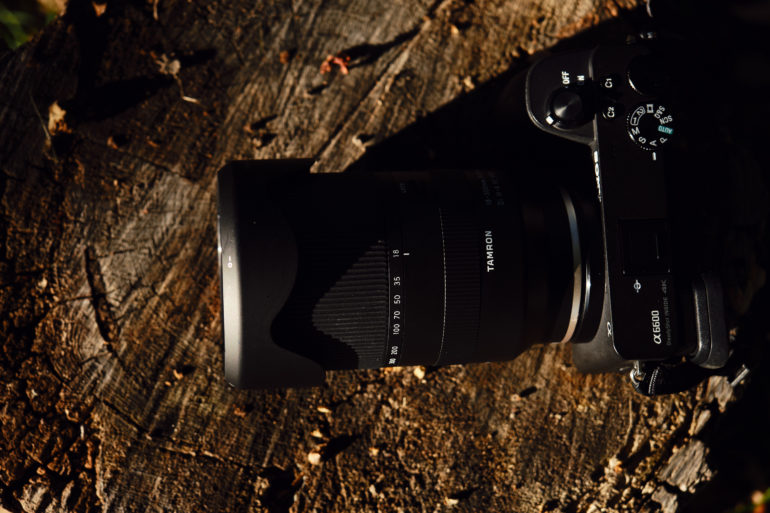
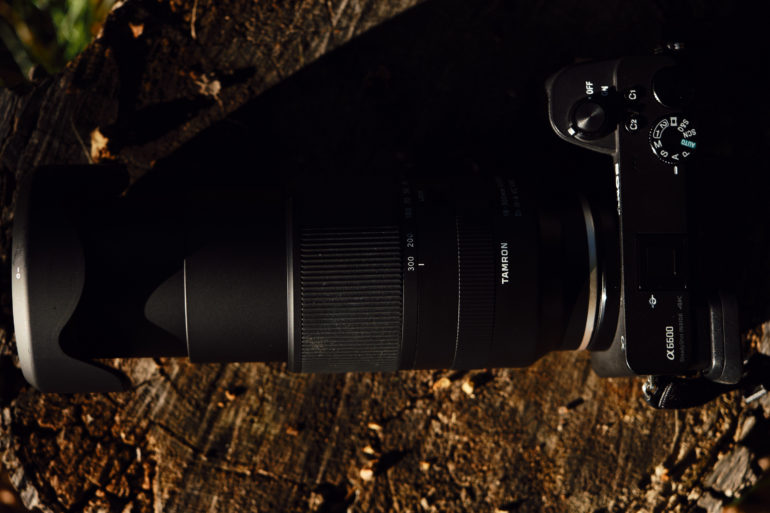
The Tamron 18-300mm f3.5-6.3 Di III doesn’t feel like a 16.6x zoom lens. It weighs under two pounds. I’ve used heavier lenses with less zoom (albeit, typically with brighter apertures). It’s smaller than my 70-300mm DSLR lens at about five inches long. On the front of the a6600, it doesn’t feel overwhelmingly front-heavy. When zoomed all the way in, the lens gets about twice as long as its smallest size. It’s a bit cannon looking (little C, two N’s) when fully zoomed on such a small body.
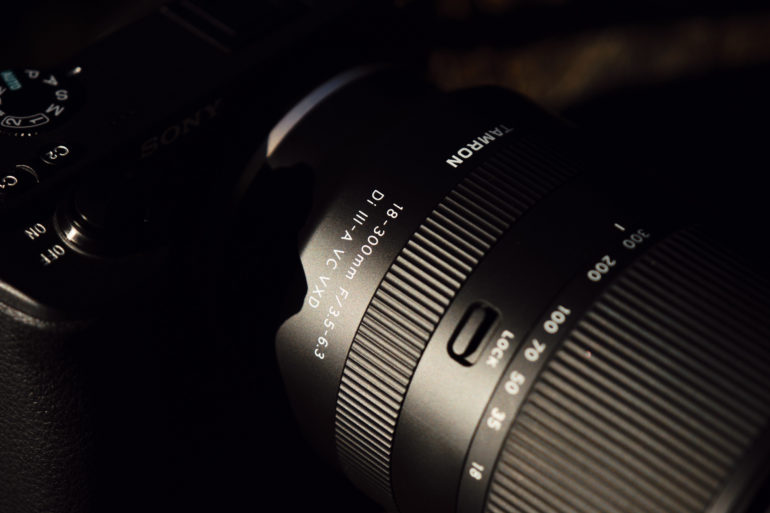
The lens sports a beginner-friendly design with minimal controls. There’s a thin ring for focus control, a lock button to prevent the lens from extending in a bag, and a wider ring for controlling the zoom. That’s it. So, that means there are few controls to bump or grab by accident. Of course, that also means it’s missing features like an auto to manual focus switch and a stabilization mode switch.
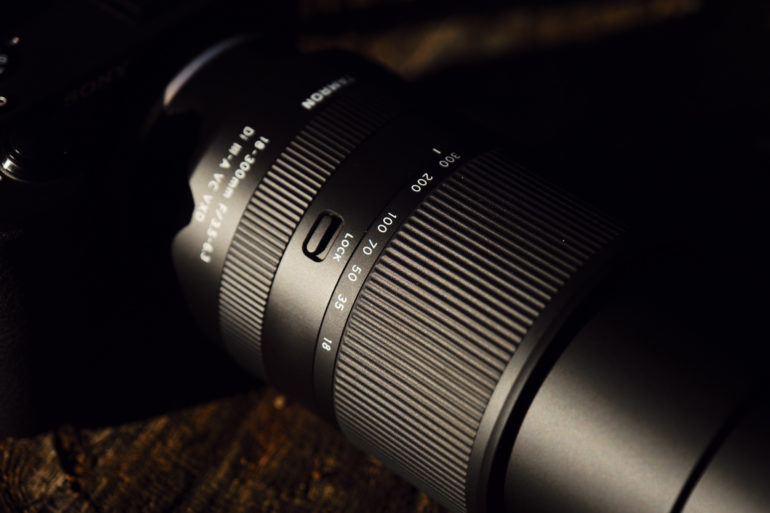
The front of the lens accepts 67mm filters. Tamron tries to keep the front filter size consistent, so photographers accustomed to the brand may already have a filter in that size. It ships with a flower petal-shaped hood.
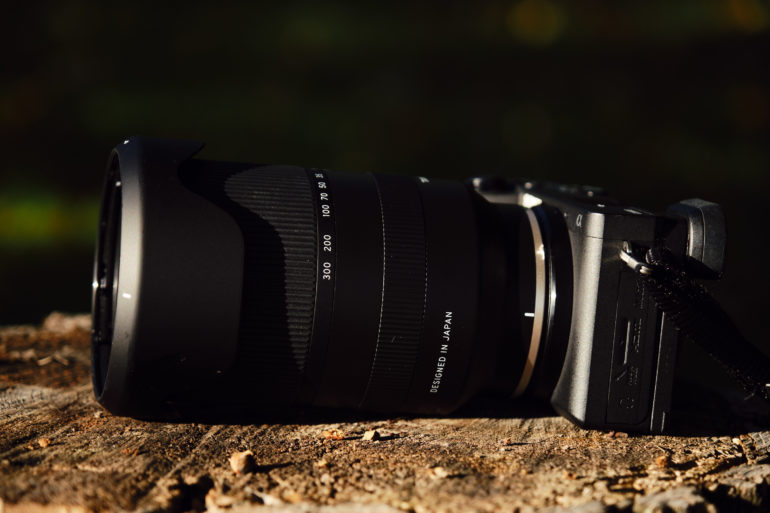
Build Quality
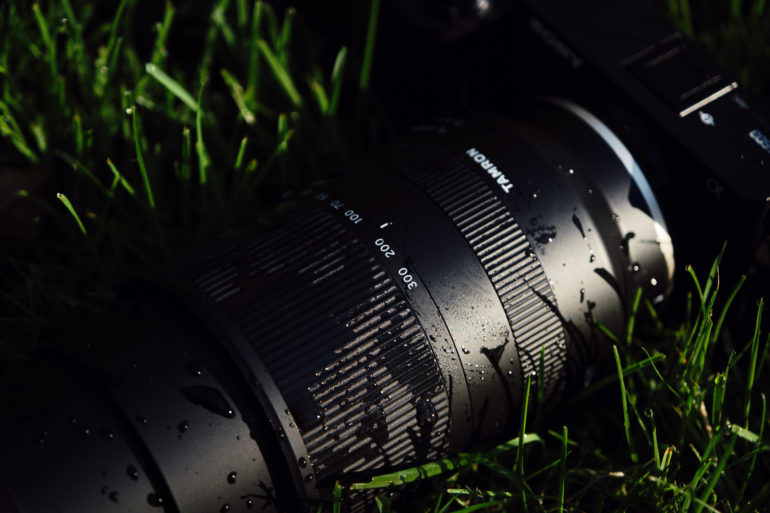
As a budget-friendly lens, the Tamron 18-300mm f3.5-6.3 Di III feels a bit like a kit lens. The construction isn’t terribly exciting. But, it’s not going to be a deal-breaker at this price point either.
The plastic body is weather-sealed, with moisture barriers at the mount, the front, and around the two rings. That should help extend the life of the lens a bit. We gave the kens a good dousing and it continued working just fine. You’ll want to be careful, however, to dry the lens before zooming out or retracting, as some moisture can get left behind here. It didn’t affect the function of the lens, but it did sound a little squeaky for a bit.
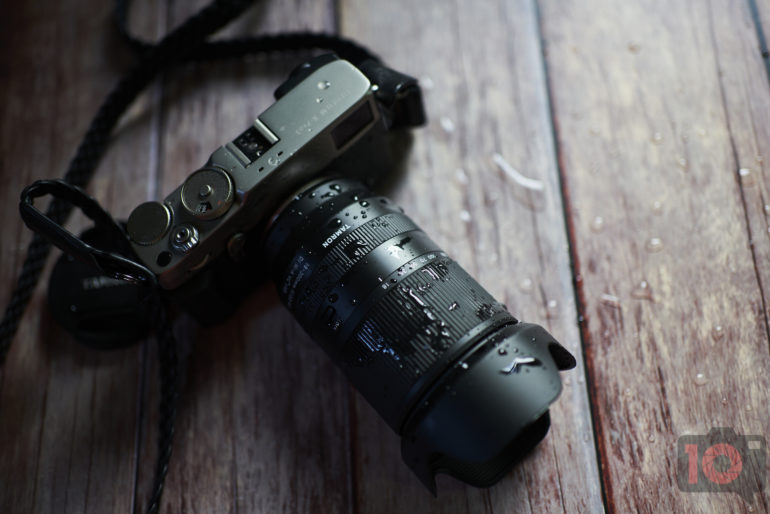
I’ve handled plastic weather-sealed bodies that felt a bit nicer in the hands, but all of them were more expensive. It doesn’t feel quite as luxuriously plastic as some, but it’s not bad. And, it keeps the weight of the lens low.
Autofocus

I can’t hear the VDX linear motors on this lens. The focusing system is quiet. Maybe not 100% silent, but certainly nothing that would ruin a candid moment. This lens would be welcome in a library.
One of my favorite features of this lens is its close-up capabilities. At the wide end, the lens can focus at 5.9 inches, but that’s the distance from the camera sensor. With how long the lens is, that means you can focus on objects that are .2 inches from the front of the lens in the wide-angle position. It’s close enough that Tamron actually has a fine print warning about being careful not to let objects touch the front of the lens.
That’s a 1:2 magnification ratio, which is excellent for a lens that’s not a dedicated macro. And frankly, impressive for a lens that also goes from 18-300mm. The close-up capabilities aren’t as good on the telephoto end at 1:4, so photographers will have to remind themselves to zoom out, then physically bring the lens closer.
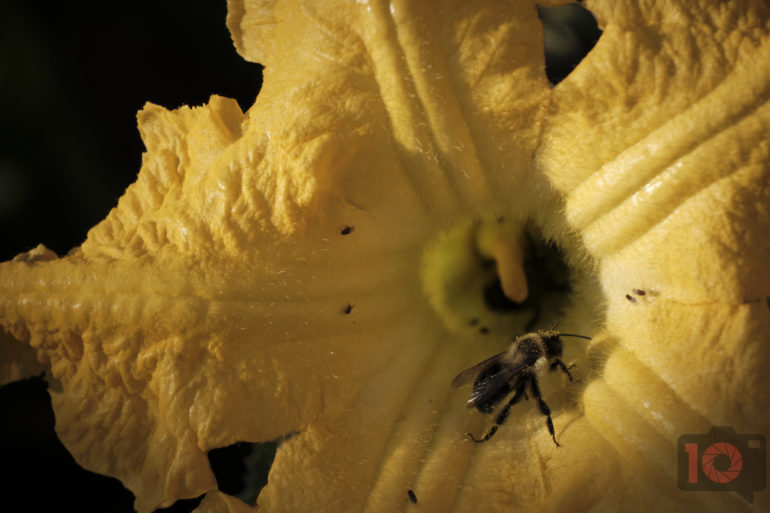
The Tamron 18-300mm f3.5-6.3 Di III, however, isn’t ideal for action. I had some trouble photographing moving animals at the zoo, my dog running around, and my kids moving around. With my dog running straight towards the camera, half of them ended up a bit soft, both with and without tracking enabled on the a6600. It’s even tougher for current Fujifilm flagships, the X Pro 3 and the XT4. The reason is that those Fujifilm cameras have no animal AF detection at all.
I’m not surprised that the autofocus doesn’t do well for action. The more elements there are to move around, the slower the autofocus is going to be. And there are a lot of elements to move around in a lens that stretches from 18mm to 300mm. If you want to shoot sports, you’d be better off choosing a telephoto zoom that doesn’t also shoot wide angles.
Ease of Use
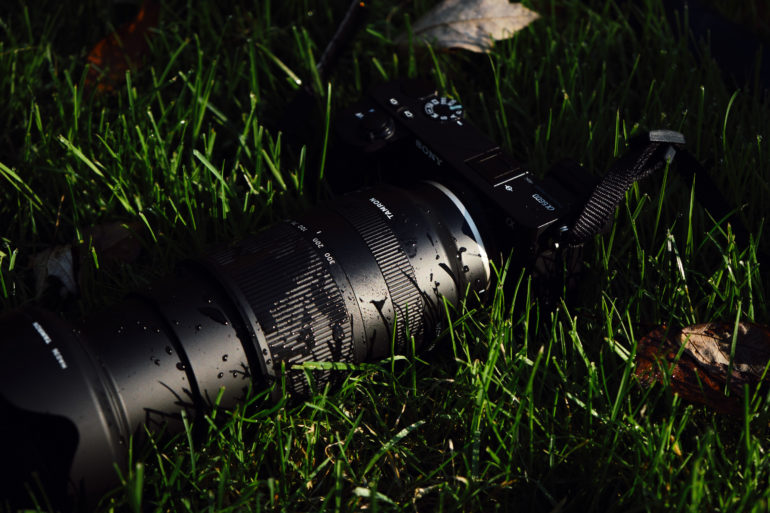
At $699 for a do-almost-all lens, the Tamron 18-300mm f3.5-6.3 Di III is easily beginner-friendly. There’s just the two rings (focus and zoom) and a single lens lock. If you can shoot with a kit lens, you can shoot with this 18-300mm.
Fujifilm shooters will have to use the controls on the camera to adjust the aperture, unlike Fujifilm’s native lenses. That may be a bit of an adjustment and you’ll need to head into the camera menu to set one of the dials to aperture control. Otherwise, it’s easy to get started with.
The trickiest part of using this lens, for beginners, is going to be that f6.3 aperture at 300mm. In aperture priority mode, the lens will get motion blur faster than a brighter lens. You’ll need to bump up the ISO at full zoom or use shutter priority or manual mode instead. Photographers who aren’t sure how to prevent motion blur might be a little frustrated.
The lens is also equipped with Tamron’s VC, which is the company’s form of image stabilization. I shot at 1/8 of a second at both the wide and telephoto angles and still got something relatively sharp. This is, of course, with elbows propped and careful breathing. For more general shooting, you’ll need to bump the shutter speed up much higher.
That stabilization system seemed to work best on the X Pro 3, which doesn’t have in-body stabilization. On the X-T4 and a6600, the stabilization was good, but sometimes inconsistent at 300mm. It may be a case of the lens stabilization and in-body stabilization not always playing nice together.
Image Quality
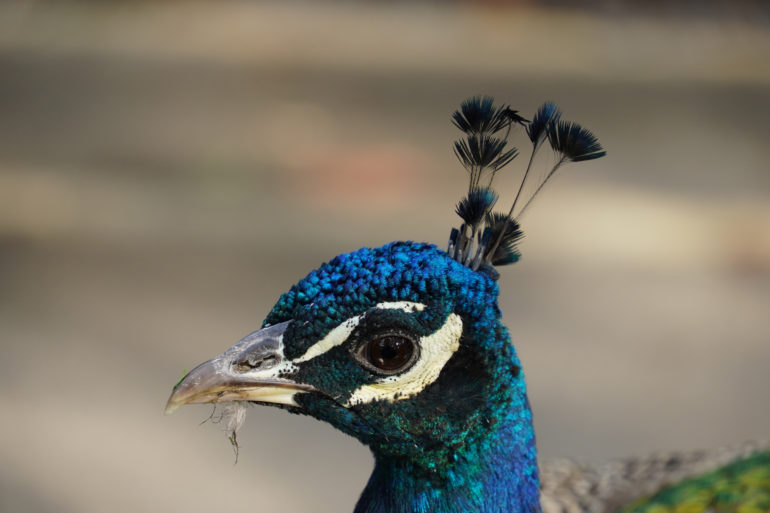
The Tamron 18-300mm f3.5-6.3 Di III is a kit lens on steroids. It has exponentially more versatility. But, it is still a budget-friendly f3.5-6.3 lens, so don’t pixel peep. Beginners who love their kit lens will find little to complain about though.
Bokeh
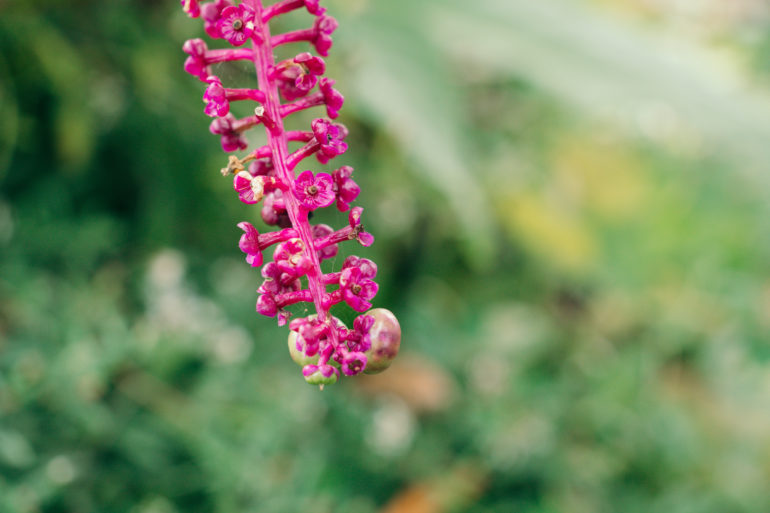
The aperture of this lens isn’t really wide, so it’s not a bokeh machine. Still, if you want bokeh, just get close or use the long end of the zoom. You can use the lens’ versatility to make up for the narrower apertures in some cases. The 300mm obliterates the background quite nicely. The bokeh I did capture was nicely rounded and didn’t have hard edges.
Sharpness
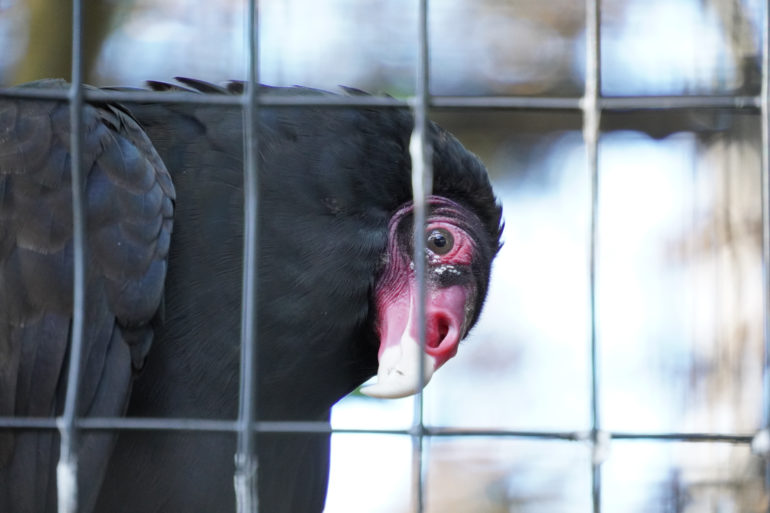
The sharpness on this lens is surprisingly great at both the wide and telephoto angles. It’s not the pixel-peeping, over-the-top sharp of some of Sony’s lenses. If you want the most possible sharpness, there are better options. But, it’s still good. The corners are slightly softer, but I’ve seen softer corners from more expensive, less versatile lenses.
The issues I had with sharpness were primarily the autofocus system working with moving subjects. That, and the challenge of working with the narrow maximum aperture of f6.3 at 300mm. But, if you get this lens in focus and the settings right, it has plenty of sharpness.
Lens Character

This is where the “kit lens” from the “kit lens on steroids” starts to show a bit. I did spot a little bit of green and purple fringing. Most of the time, I had to zoom in to 100 percent to even spot it. In the most extreme cases, such as backlit branches, you may notice some colors around the edges of the out-of-focus branches.
The corners bend in quite severely at 18mm. It’s not something I picked up on in most of my shots, but if you are photographing something flat that goes to the edges of the frame, you may see the corners bend a bit. It’s not going to be a great choice for architecture if you don’t want to mess with fixing the bends.
Point the lens directly at harsh light and you can get a bit of flare, including some circle spots that radiate out from the light source.
Color Rendering
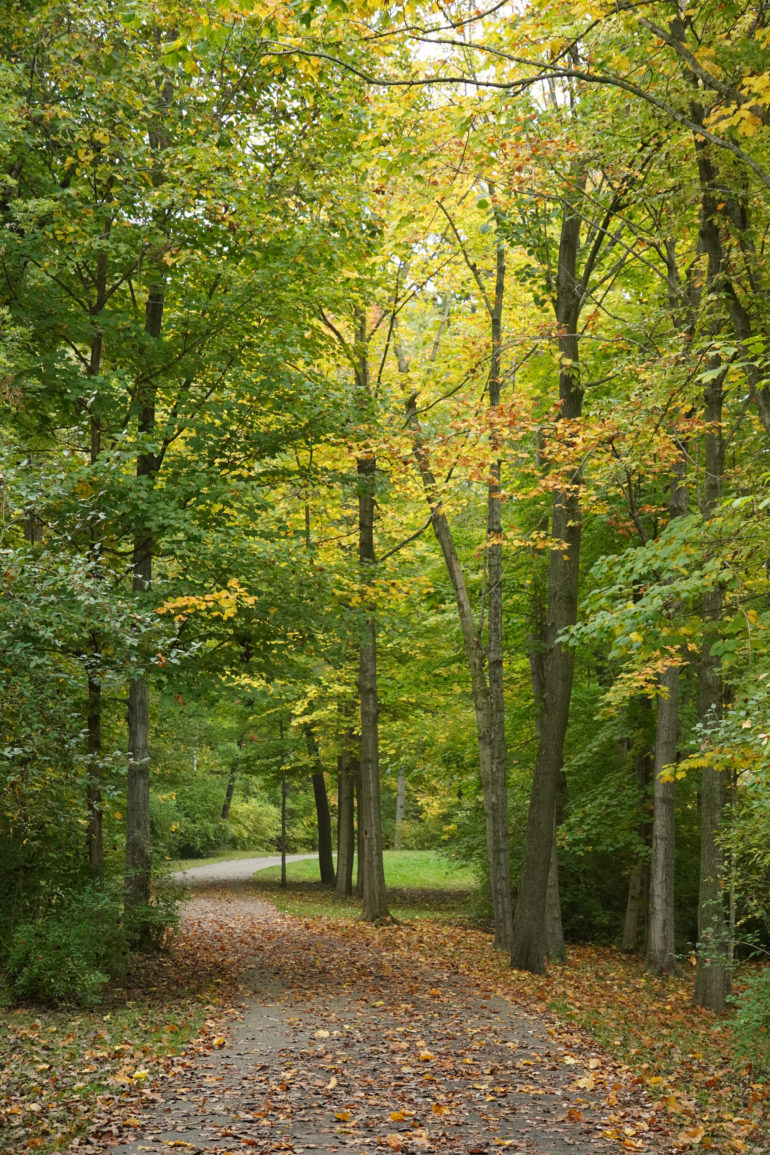
Using this lens, I didn’t at any time feel like the colors were off from what I expected from Sony. Gampat had similar thoughts with the Fujifilm version. Going with third-party glass isn’t going to ruin Fujifilm’s beautiful colors, at least not in this case. The colors were what I expected from this lens, with the exception of occasional colored fringing.
Extra Image Samples
For image samples shot with the Fujifilm X mount version, take a look at our first impressions piece.
From day one, The Phoblographer has been huge on transparency with our audience. Nothing from this review is sponsored. Further, lots of folks will post reviews and show lots of editing in the photos. The problem then becomes that anyone and everyone can do the same thing. It’s not showing what the lens can do. So we have a section in our Extra Image Samples area to show edited and unedited photos. From this, you can make a decision for yourself.
Edited
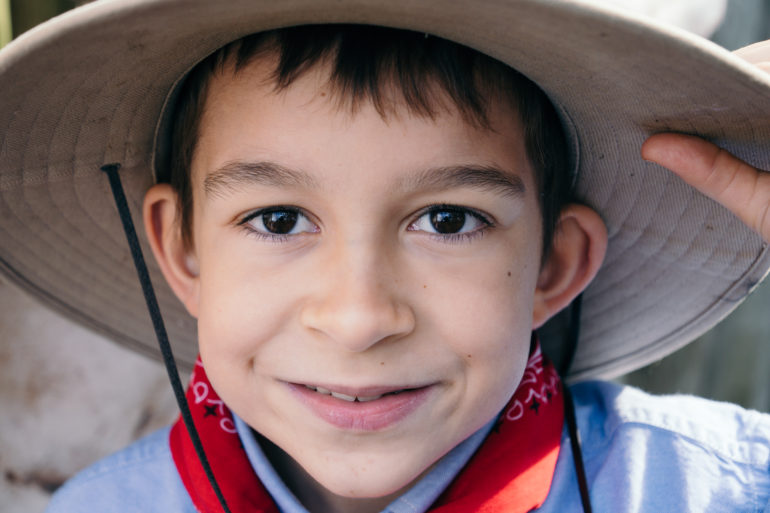

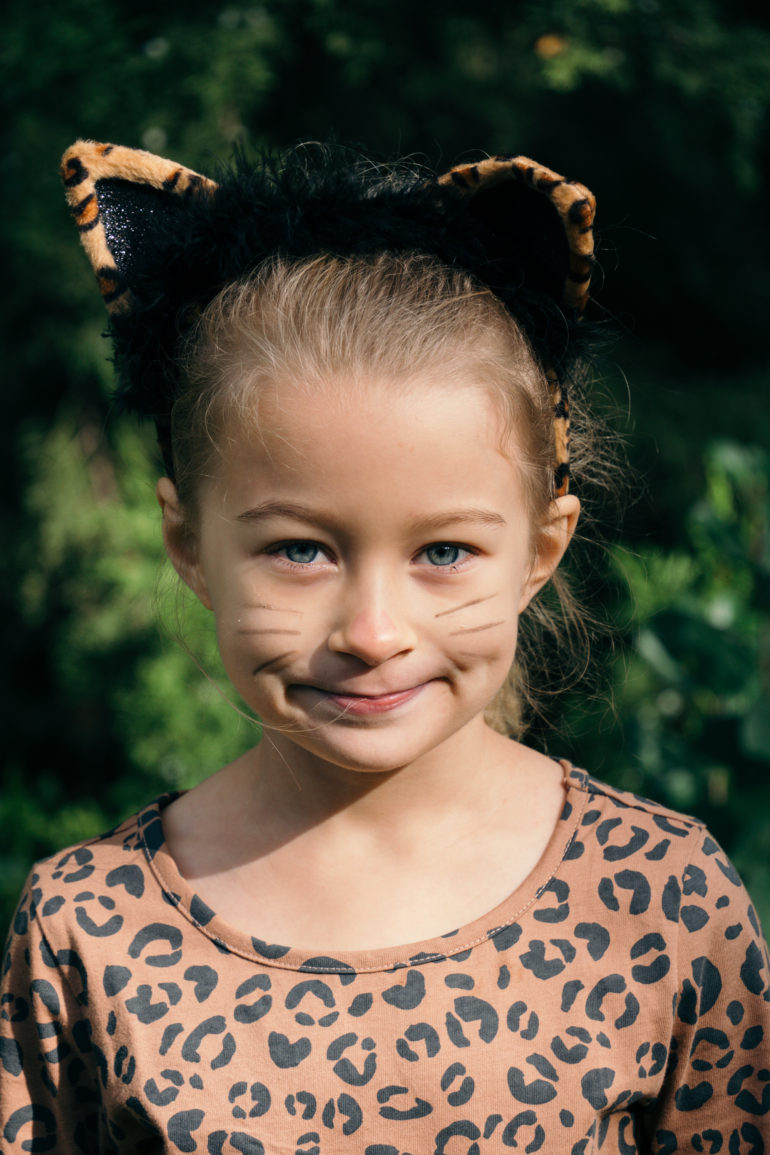


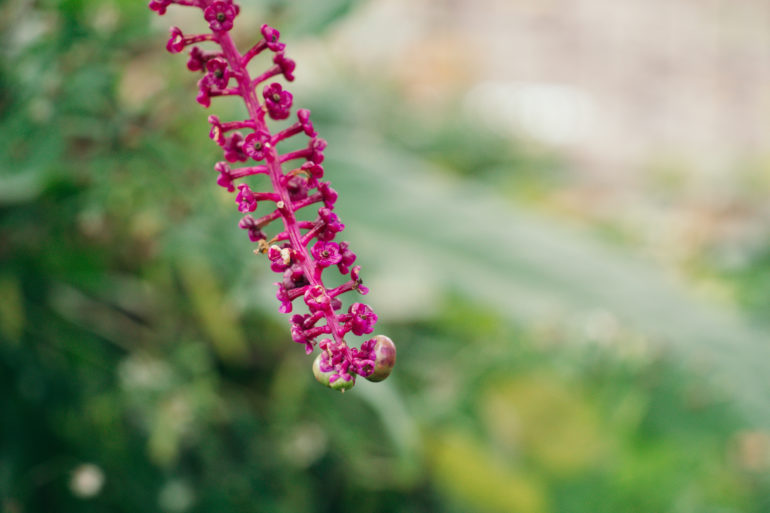
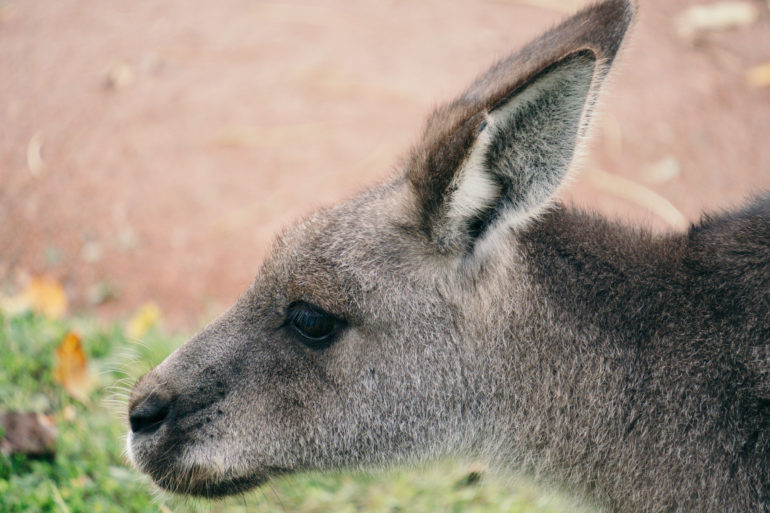
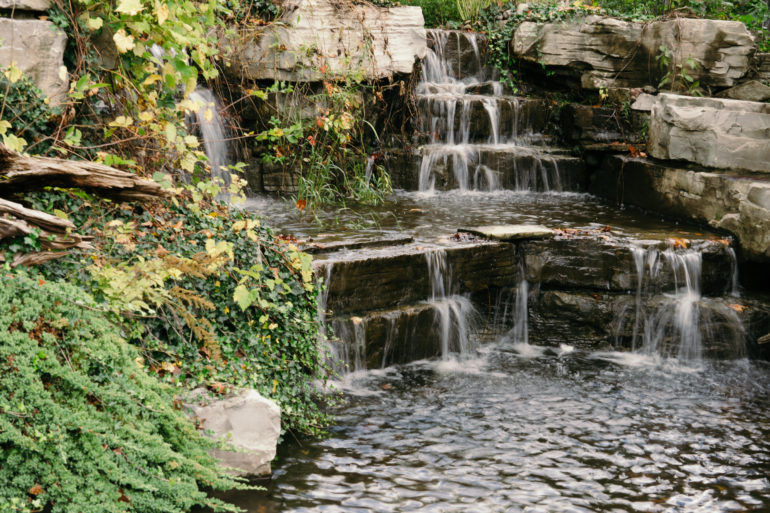
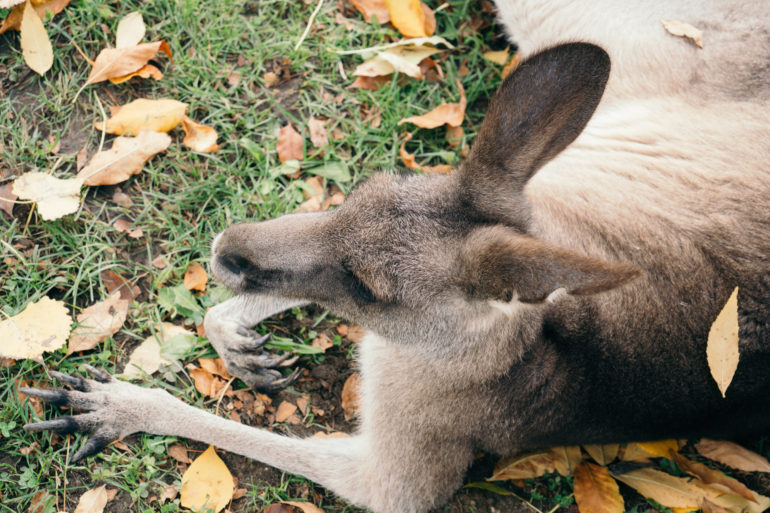
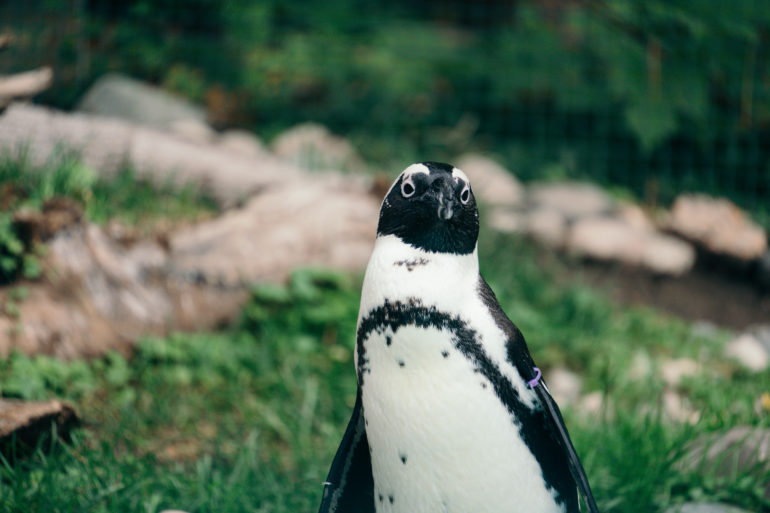
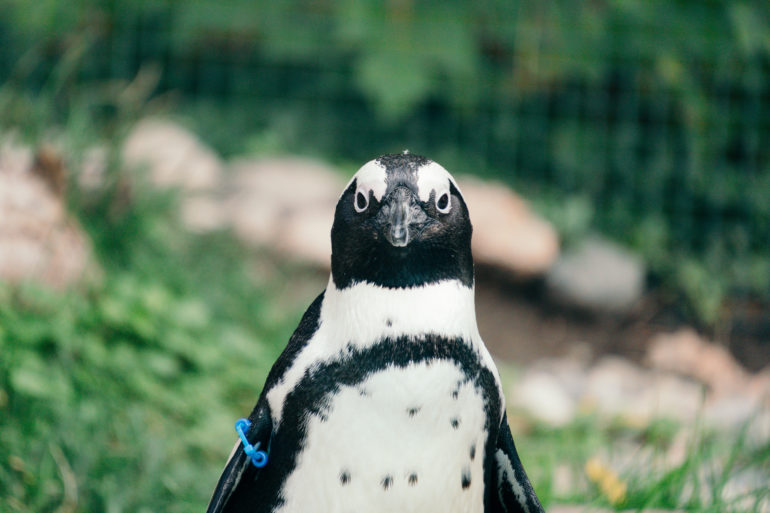
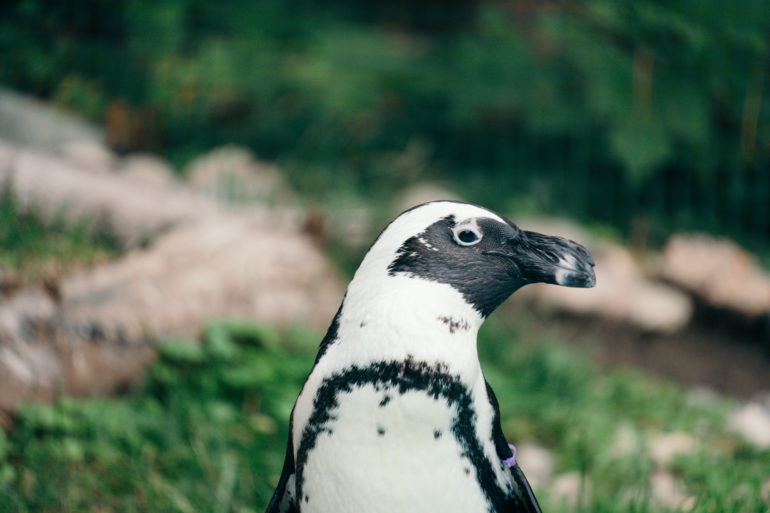
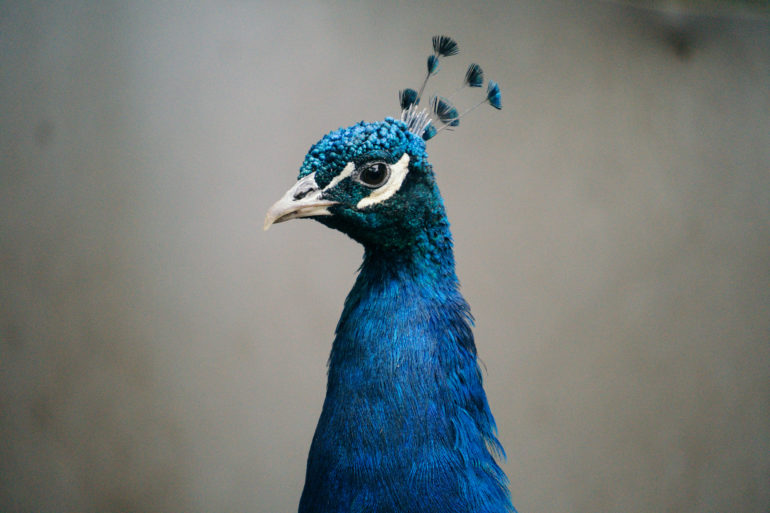
Unedited
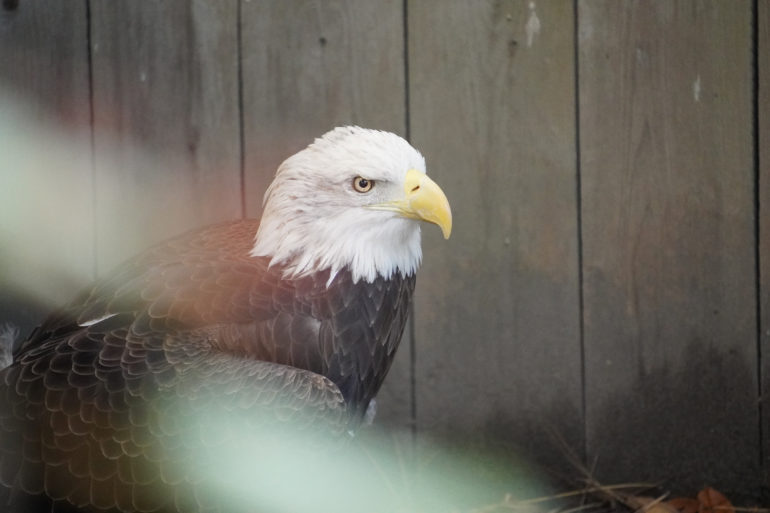
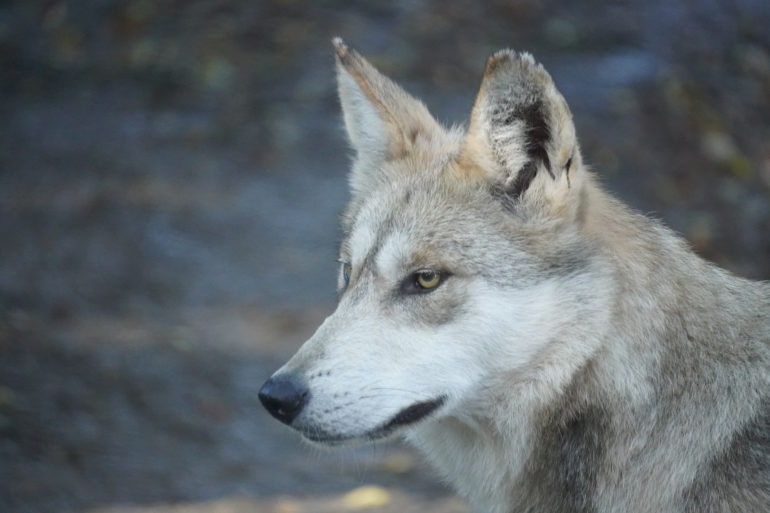
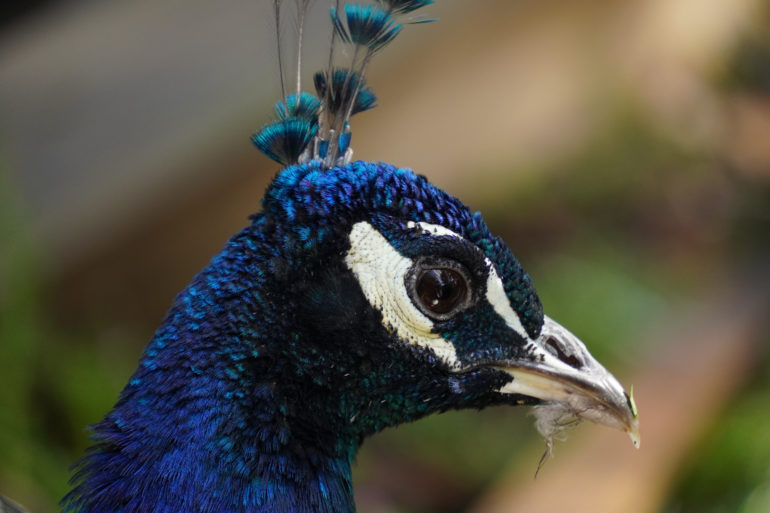

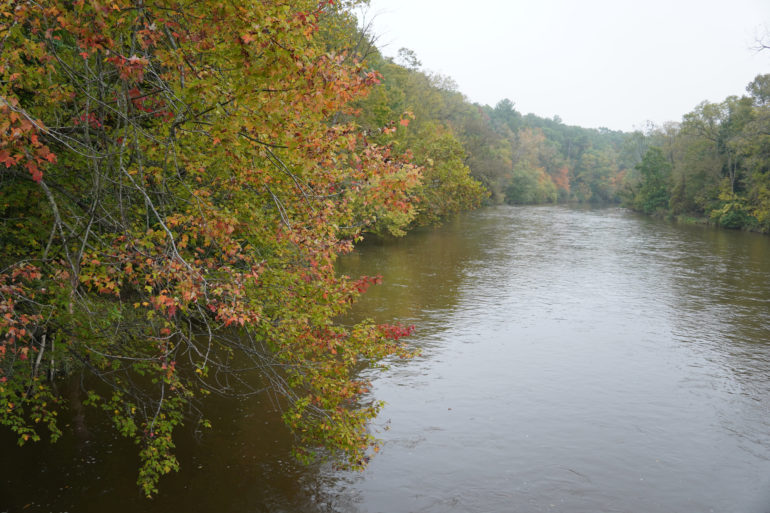
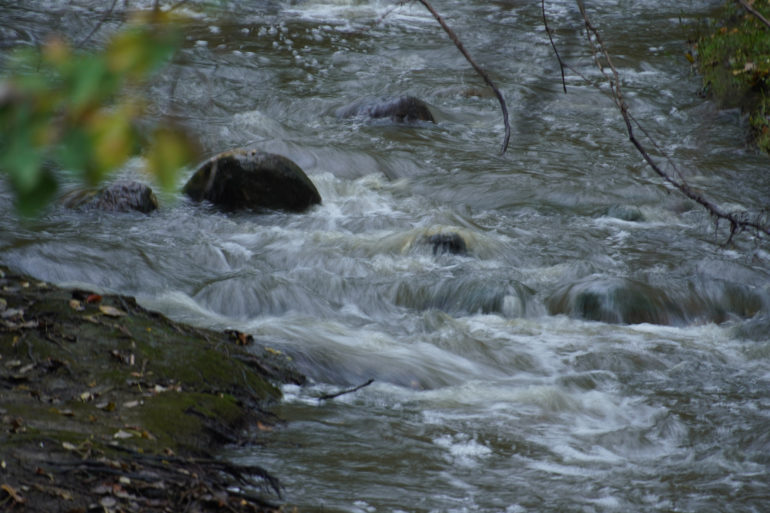
Conclusions
Likes
- I love the range of things that I can shoot with this, from wide to telephoto to macro.
- This lens is surprisingly light for containing such a wide zoom range.
- I’m impressed by the 1:2 close-up ratio that the camera can grab at 18mm. That’s .2 inches from the front of the lens.
- The sharpness is pretty solid if you nail the focus.
- The lens is weather-resistant.
- $699 is a great price for a lens that can do so much.
Dislikes
- The autofocus can’t keep up with fast movement.
- The corner bending is severe at 18mm.
- There is some colored fringing in some shots.
Photographers are either going to love — or hate the Tamron 18-300mm f3.5-6.3 Di III. After shooting with this lens, I can easily tell who is going to fall into which camp. Photographers who like their kit lens but want more zoom are really going to like this lens. In fact, they may never use their kit lens again. Travelers and photo walking hobbyists are going to love the ability to get 1:2 macro, wide angles, and 300mm telephotos without swapping lenses. If versatility is key, this lens is going to deliver that and then some.
Of course, as a $699 lens, it’s not perfect. The autofocus does fine with still and slow subjects, but it’s a lot of glass to move quickly. The autofocus isn’t great on fast subjects. Don’t pick up this lens if you intend to shoot sports or kids and dogs at a running pace. There’s also significant bending at the corners and some colored fringing at the edges. The f6.3 maximum aperture at the long end also means compensating with a higher ISO. You’ll get better photos from a wider aperture lens — but you’ll also pay more and lose versatility.
If you’re looking for a kit lens on steroids, this is it. Buy the Tamron 18-300mm f3.5-6.3 Di III. It’s a great option, and there isn’t really one like it for Fujifilm. But, if you’re looking for a lens for sports, want the most background blur possible, or want to pixel peep, keep looking. The trade-off for the versatility is slower autofocus, more corner bending, and some colored fringing.

I’m giving the Tamron 18-300mm f3.5-6.3 Di III four out of five stars. Want one? Head to Amazon to get it!


